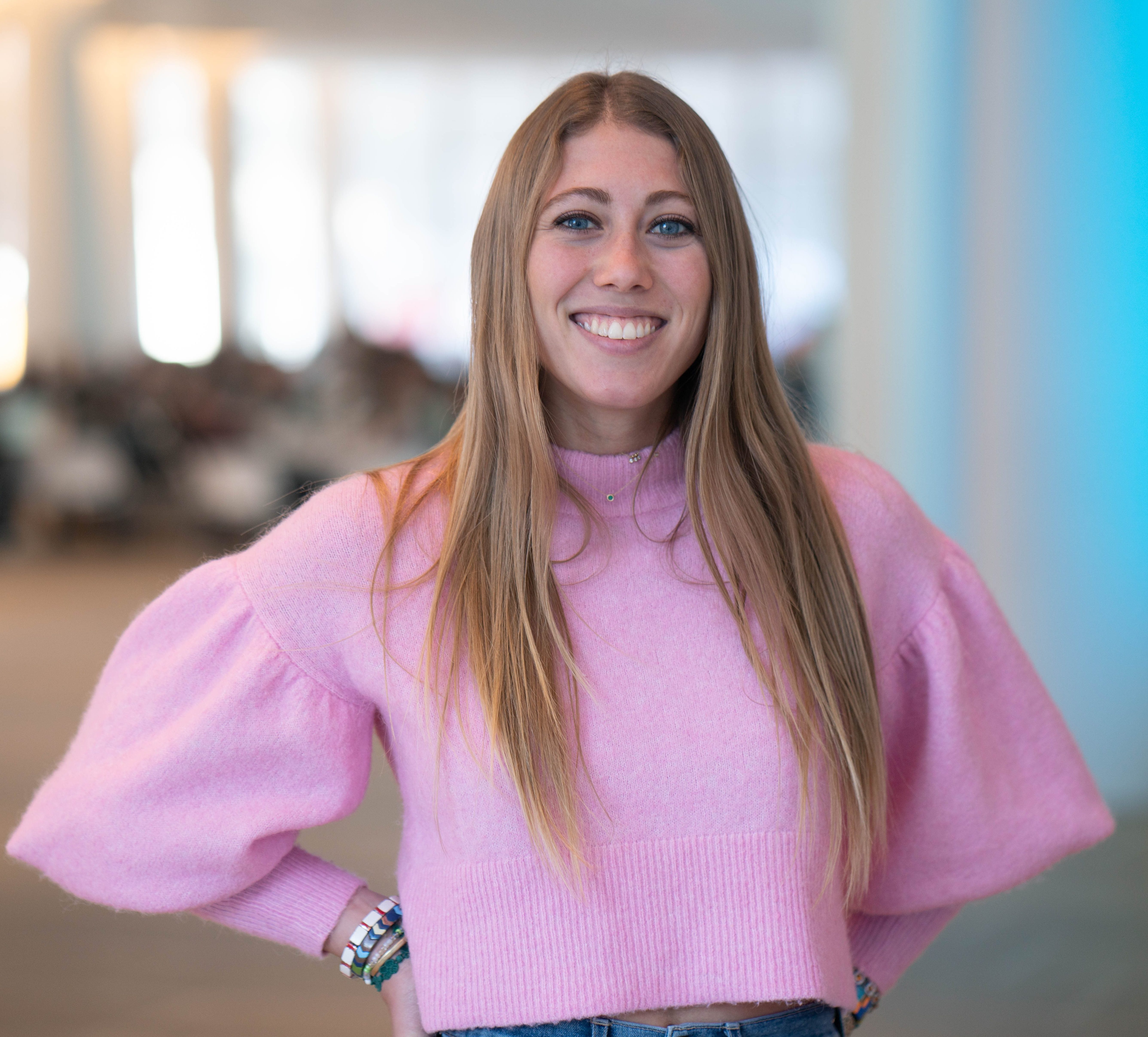Since 1973, outdoor gear retailer, Patagonia, has been designing with adventure in mind. And since the 2010s, the brand has been operating with the environment in mind. Patagonia is a community of sports fanatics, activists, and storytellers—and their goal is to save the planet, one sustainably-crafted article of clothing at a time.
How are they accomplishing this? Through dozens of stunning, powerful films (more than a handful of which are Staff Picked). Alex Lowther, Patagonia’s Creative Director, explained that Patagonia’s unique video strategy allows them to make films with no commercial intent. “We get to make films about issues that we’ve determined matter as far as the environment is concerned.” We sat down with Alex to better understand exactly what this means and how it supports their business goals.
Up next in Creator Stories
Creator Stories
How Oscar-winner Rayka Zehtabchi found her creative voice
“Everyone has their own journey,” says Rayka Zehtabchi. “Some people's journey starts at the Oscars when they're 25 years old."
Creator Stories
How filmmaker and artist Dan Covert built his creative career
“Nothing’s going to make itself,” says Dan Covert. “The quickest way to build your career is just keep making stuff."
Creator Stories
This charming short puts the "art" in artificial intelligence
We caught up with Staff Picked filmmaker Chris Carboni to talk about his beguiling AI-powered film, "Hairy Pouter."
